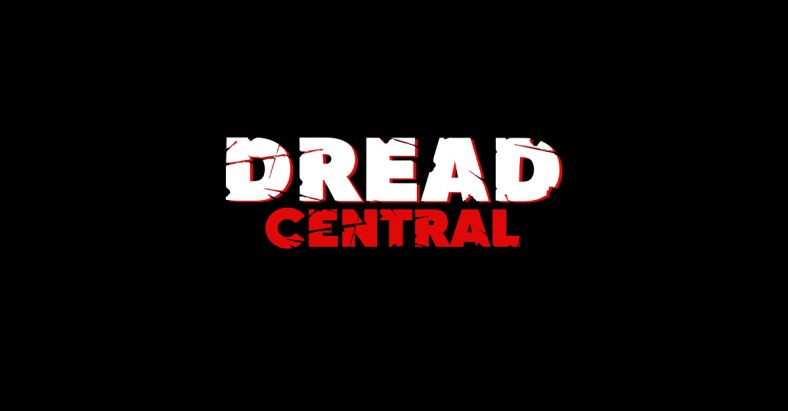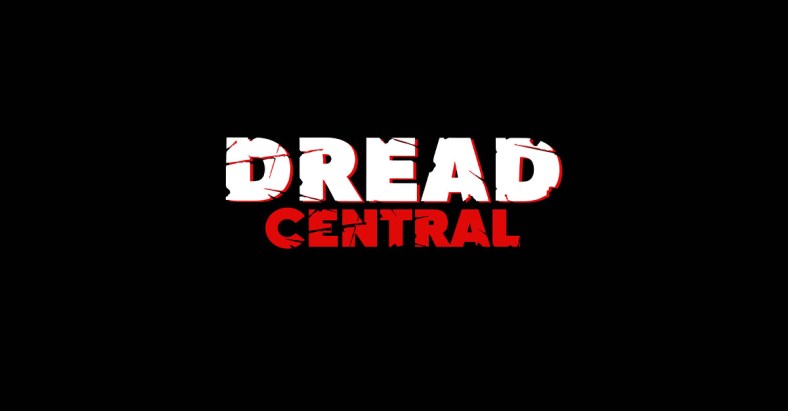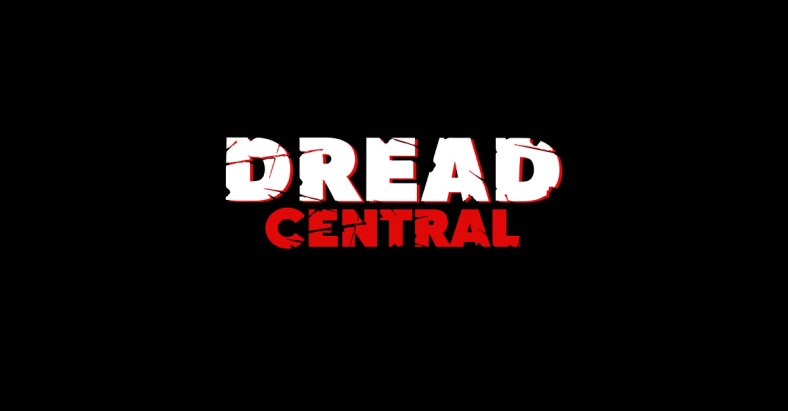Exclusive Interview: Emile Hirsch Talks Scrubbing Up for The Autopsy of Jane Doe

If you caught my recent The Autopsy of Jane Doe (review) interview with Norwegian director André Øvredal, then you’ll be well aware just how much of a fan of the film I’ve been since I first caught it at this year’s SITGES – International Fantastic Film Festival of Catalonia (where it picked up the Special Jury Award). 2016 Has brought with it some of the best horror bounty we’ve seen in a good while with The Autopsy of Jane Doe being the most notable of the crop for me – by and large thanks to its singular supernatural spin that ensures the audience are kept teetering precariously on the edge of their seats throughout, despite everything taking place almost entirely in the confines of an autopsy room.
Quite literally getting under festivalgoers’ skin around the world since it first debuted at TIFF last September, The Autopsy of Jane Doe exposes small-town Virginia father-and-son coroners (Brian Cox and Emile Hirsch) to unwonted terror when their services are urgently requested when a partially buried Jane Doe is discovered at the crime scene of a gruesome family massacre. Rattled by the extent of the young woman’s internal injuries – given the fact she shows no external signs of trauma – the siblings’ fears grow as they discover increasingly bizarre clues that hold the key to their patient’s terrifying secrets.
With the film all set to release in limited theaters on December 21st (preceded one day earlier by a VOD release on December 20th), we caught up with Hirsch to dissect some of Jane Doe’s sordid secrets…

Dread Central: There’s no denying how deftly written Ian Goldberg and Richard Naing’s script is, particularly in terms of keeping the audience in utter curiosity and suspense throughout whilst using such a minimal setting. What was it that really jumped off the page for you when the script reached your hands?
Emile Hirsch: It’s like you said. What really pulled me in was the sense of mystery in the beginning and wanting to know the cause of death for Jane Doe and the way that the script and film reveal each clue and then pay off those set-ups with something that I found really satisfying. I love murder mysteries and this was a script that I thought approached that in a really creative way by making a cause of death the mystery and the detectives being the morgue workers. There was also such attention to detail too. There was almost like a Sherlock Holmesian element that I found really appealing. And then in the second half, when the mystery grows and the clues add up, I found the scary pay off to be terrifying.
DC: From an actor’s perspective, did any particular challenges or concerns arise when it came to making sure you did the script justice in terms of milking the mysteries surrounding Jane Doe’s death?
EH: I think that once you get into the individual scenes, even if you know what’s going to happen, you can still just play the scene and the level of the reveal will just be appropriate to what the scene is. I don’t think you consciously have to try to forget too much. You just do one scene at a time and it will be in the appropriate place where it is.
DC: You mentioned how the scriptwriters paid a lot of attention to detail. I’ve also read that the director, André Øvredal, was particularly meticulous when it came to shot selections, the positioning of the actors, etc.
EH: André is a highly-detailed director who has a really strong logic to the way he shoots things. He’s very methodical and I would really characterize him as a bit of a perfectionist. If André had all the money and time in the world, he would take forever to shoot a movie because he would do 150 takes of every single shot. He would always see something more that you could add or try something a different way to perfect it a little bit more. That’s a quality that I really enjoy and it’s fun working with someone that takes what they do so seriously. He brought so much to the table and he brought a lot of weight.
 DC: Talking of bringing something to the “table,” he gave actress Olwen Kelly as much screen time as possible as Jane to keep things as authentic as he could and to ensure that the audience ends up seeing her as a person and not just a slab of meat. I’m guessing that was another of André’s perfectionist choices?
DC: Talking of bringing something to the “table,” he gave actress Olwen Kelly as much screen time as possible as Jane to keep things as authentic as he could and to ensure that the audience ends up seeing her as a person and not just a slab of meat. I’m guessing that was another of André’s perfectionist choices?
EH: Yeah. He really only wanted it to be Olwen. There were some special effects in certain parts, obviously (laughs) – definitely in some of the more intense parts of the autopsy. But for the most part, it’s 90% Olwen and she was really a serious force in terms of the way she approached the part of playing the corpse. She never talked to any of us. She never said hello. There was none of that. If we did rehearse, she would never talk with Brian or I. She wanted to have that separation there so in that way she was just the corpse to us. We definitely benefitted from that but it was also great for her to be getting in that place because it takes a lot of focus and concentration to stay completely still for hours throughout the day. When I think about how still she stayed for that long and how many takes we did – and we’re talking 8 minute takes – it’s pretty incredible.
DC: Although you didn’t share words during the shoot, did you speak to her about how she had prepared and her experience playing Jane afterwards?
EH: I didn’t really want to grill her because I didn’t want to annoy her by going like, “Hey, It was SO hard! Tell me about how hard that was!” I was really just more appreciative that she was willing to put herself through that because it was uncomfortable being on that marble slab. That’s hard, you know? You lay on something hard for that many hours, for that many days. You get bruised. You get cold. It’s a lot more than people might imagine.

DC: Obviously, I have to ask you about working with Brian Cox, who plays you father. The father/son relationship we see in the film is pretty unique in the fact that it’s more concerned with your internal conflict in terms of which direction in life you want to go. Did you speak to Brian a great deal so as to strike the right balance when it came to emoting that conflict on set?
EH: We discussed it a little bit. We talked a little about Austin and Tommy’s relationship and where they had gone from and where they’d gotten to in the past. But we let most of the dynamic reveal itself in the scenes. Brian and I were both game for that and we enjoyed the spontaneity of the moment a lot. We both like to be really playful and just embrace the moment and let the relaxed actors find things.
DC: As you said earlier, there are some very intense and horrific autopsy procedures towards the end of the film. Your research for this role must have surely taken you to some pretty deep, dark places.
EH: I actually went to the Los Angeles County Morgue before I went to London to shoot the movie and I got a tour of the morgue. I guess it’s one of the biggest morgues under one roof on the planet and I went from never having seen a dead body before to seeing literally hundreds within a couple of hours. I saw five or six active autopsies, bodies being wheeled around or being chopped up. It was haunting. It made me actually wonder if I should have gone (laughs). I was like, “Wow. Well that’s something that’s gonna stay with me a little while after the shoot!” But I think it really helped me in that particular role as there’s a certain kind of ashenness and dourness that my character has and I think that it’s a result of having seen so many bodies.
DC: To wrap up, can you let our readers in on what other projects you have coming up next?
EH: I did a movie called All-Nighter with J.K. Simmons and that’s kind of a buddy comedy that’s coming out in March. It’s really funny and has a lot of heart. And then I did another film called Vincent N Roxxy with Zoë Kravitz which we premiered at Tribeca and it got really good reviews. I also did a film with Bille August called The Chinese Widow and I’m not sure when that’s coming out but I’m REALLY excited about that. I went to China to shoot that and it’s a big love story set in World War II and Bille August is a really talented director so I can’t wait for that.
The Autopsy of Jane Doe arrives on VOD December 20th and opens in select theaters on December 21st, and we’ll leave you with the latest trailer courtesy of IFC Midnight.

Categorized:News

